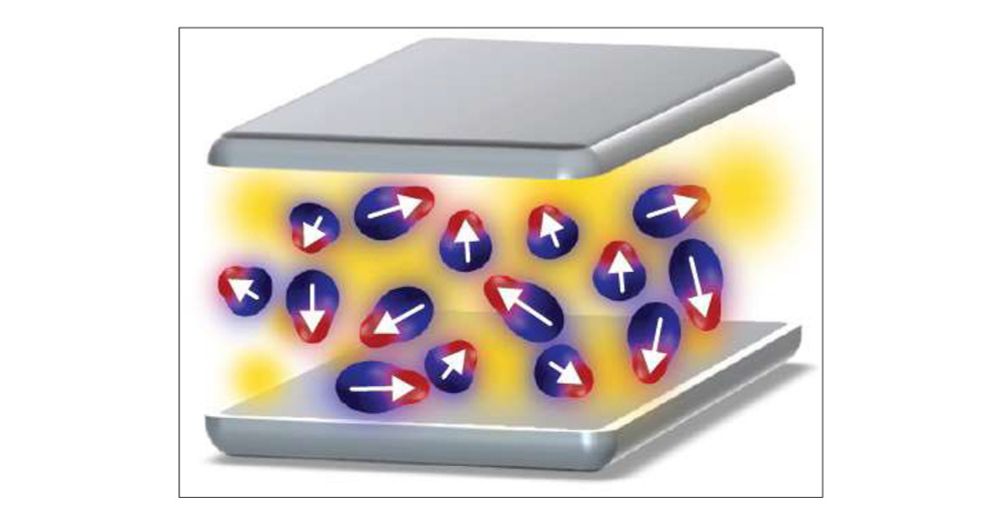
In Lorenzo's @lostaino.bsky.social new paper we follow the nonadiabatic dynamics of meta-Methylbenzophenone! Together with @tqdspec.bsky.social we combine quantum dynamics and advanced X-ray spectroscopy techniques:
doi.org/10.1039/D5CP...
In Lorenzo's @lostaino.bsky.social new paper we follow the nonadiabatic dynamics of meta-Methylbenzophenone! Together with @tqdspec.bsky.social we combine quantum dynamics and advanced X-ray spectroscopy techniques:
doi.org/10.1039/D5CP...


@lucasgborges.bsky.social, @tqdspec.bsky.social
and I explore the role of dark polaritonic states in strong light-matter coupling. Read on to find out how multiple excitations can favor polaritonic reactions! #chemsky 🧪 #polaritonics

@lucasgborges.bsky.social, @tqdspec.bsky.social
and I explore the role of dark polaritonic states in strong light-matter coupling. Read on to find out how multiple excitations can favor polaritonic reactions! #chemsky 🧪 #polaritonics
Together with @tqdspec.bsky.social, we investigated how vibrational strong coupling can locally change molecular polarizabilities and analyzed vibro-polaritonic Raman spectra.
pubs.acs.org/doi/10.1021/...

Together with @tqdspec.bsky.social, we investigated how vibrational strong coupling can locally change molecular polarizabilities and analyzed vibro-polaritonic Raman spectra.
pubs.acs.org/doi/10.1021/...
We took a closer look at the higher the excitation manifolds of the Tavis-Cummings model and how they are connected to polaritonic chemistry:
arxiv.org/abs/2504.20798

We took a closer look at the higher the excitation manifolds of the Tavis-Cummings model and how they are connected to polaritonic chemistry:
arxiv.org/abs/2504.20798
www.su.se/department-o...
#fysik #fysikum #stockholmuni

www.su.se/department-o...
#fysik #fysikum #stockholmuni
In our latest work, we investigate how strong vibrational coupling can induce local changes in molecular ensembles. Using an ab-initio method, we've analyzed polarizabilities and gained insight into vibro-polaritonic Raman spectra:
arxiv.org/abs/2503.17102

In our latest work, we investigate how strong vibrational coupling can induce local changes in molecular ensembles. Using an ab-initio method, we've analyzed polarizabilities and gained insight into vibro-polaritonic Raman spectra:
arxiv.org/abs/2503.17102
Curious about why two might be better than one when it comes to molecular polaritonics? 🤔
Check out our new paper with @tqdspec.bsky.social:

Curious about why two might be better than one when it comes to molecular polaritonics? 🤔
Check out our new paper with @tqdspec.bsky.social:
🤔 How can an analytical model help unravel the mysteries of collective strong coupling in molecular systems?
😀We give you the answer in our new paper!!
🧪 #Chemsky #CompChemSky
🤔 How can an analytical model help unravel the mysteries of collective strong coupling in molecular systems?
😀We give you the answer in our new paper!!
🧪 #Chemsky #CompChemSky


#science #polaritonicchemistry

#science #polaritonicchemistry

arxiv.org/abs/2401.16374
#Physics, #chemsky, #CompChemSky

arxiv.org/abs/2401.16374
#Physics, #chemsky, #CompChemSky
arxiv.org/abs/2411.14134
#chemsky, #compchem

arxiv.org/abs/2411.14134
#chemsky, #compchem







